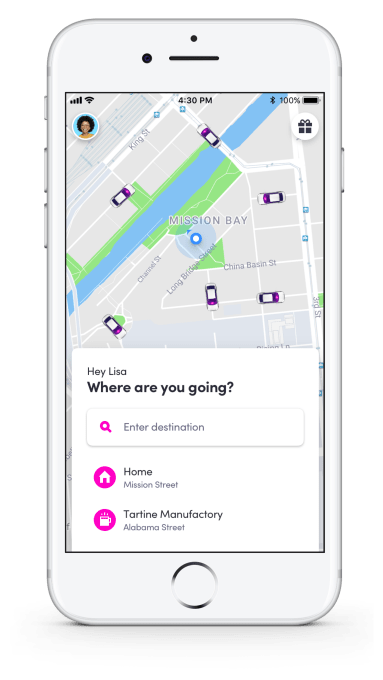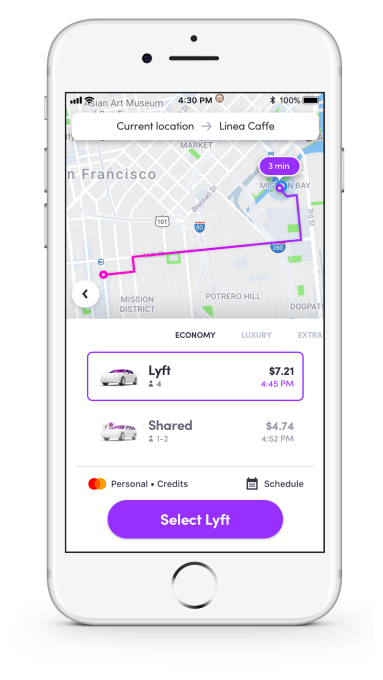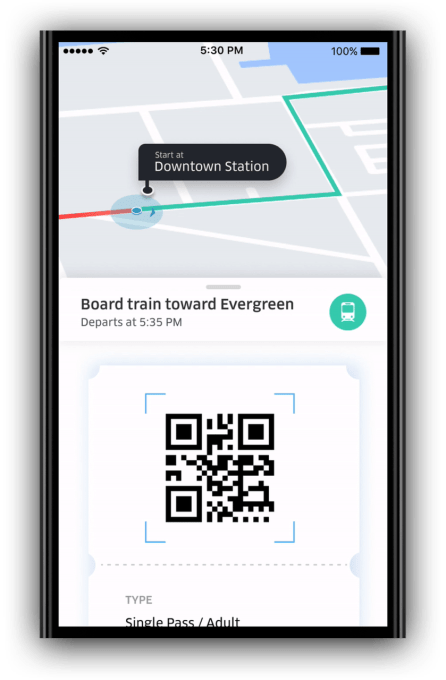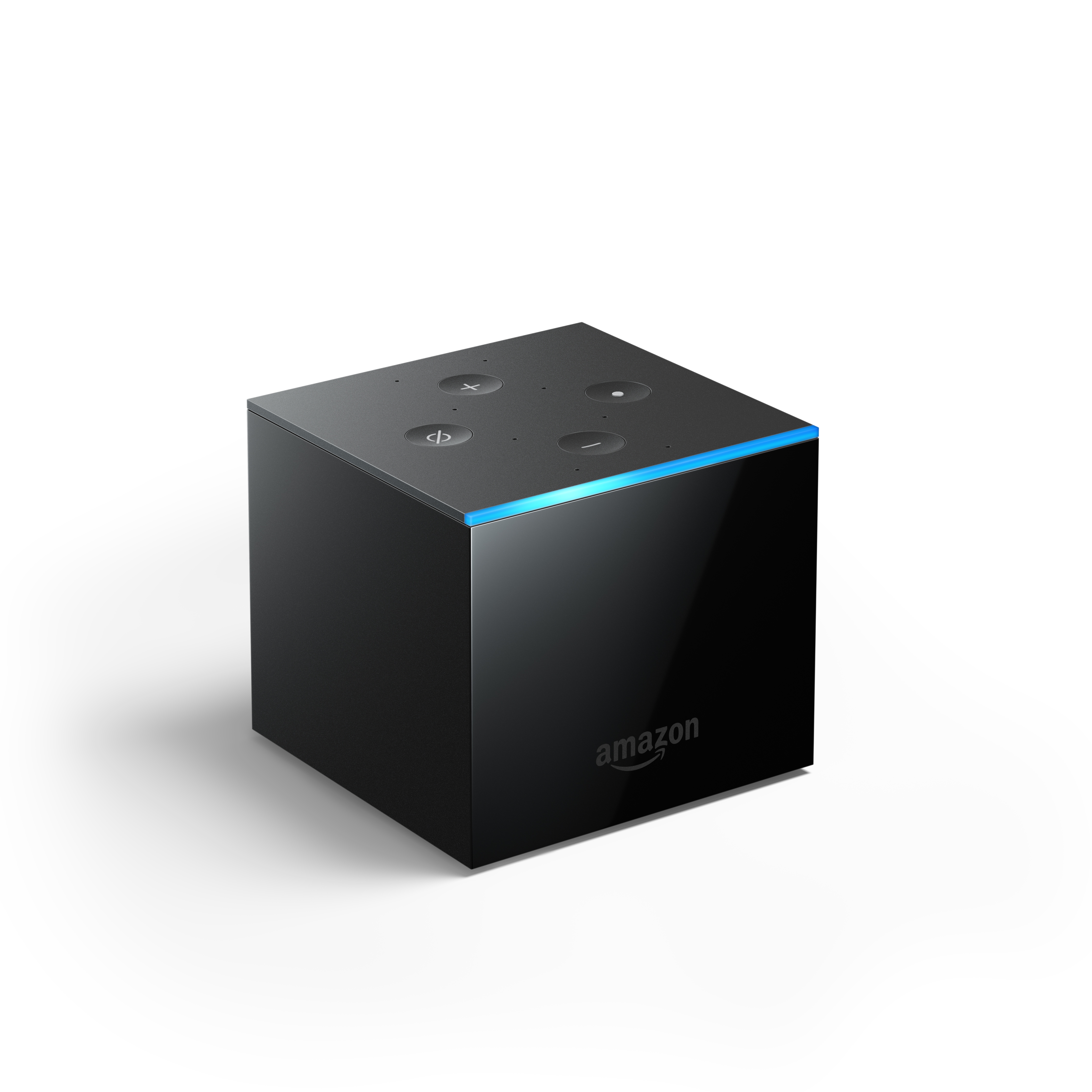Imagine trying to build a business in a country where 90% of the water is undrinkable, electricity only works four hours a day and your travel is restricted to an area four times the size of Manhattan, and where in-person meetings are impossible because your partners can’t enter your country to meet you.
And imagine not having access to capital because of your ethnicity (as many POC entrepreneurs across the globe already do).
That’s the situation for Arab-Israeli and Palestinian entrepreneurs trying to create businesses and access the enormous engine of wealth creation that has transformed Israel into “startup nation”.
The billions of capital and transformational opportunity that building startups affords to economies has largely been denied entrepreneurs in Israel’s Arab community and in Palestine.
However, two organizations in the country and in the violence-stricken Gaza strip are working to provide access. One is The Hybrid, an Israeli government-backed initiative out of Nazareth that is trying to bring the benefits of the tech economy to Israel’s Arab population. The other is Gaza Sky Geeks, an Alphabet-backed initiative based in Gaza, that provides pre-seed investments, training and technology resources to Palestine’s Gazan population.
For Arab entrepreneurs living in Israel, The Hybrid is a resource to help overcome the broad cultural challenges that they need to combat. Things like a perception that backing their startups is inherently riskier than investing in a company founded by a Jewish Israeli citizen. Or the cultural stigma of failure that’s more prevalent in the Arab community.
These are the things that Fadi Swidan and his Nazareth-based organization are working to combat. “There was the most important miracle that has influenced billions of people and it was the annunciation,” Swidan said. “The next miracle for the world and for the high tech industry will also come from Nazareth.”
The Hybrid invests in early stage Arab-Israeli entrepreneurs and encourages Israel’s technology companies to reach out to the nation’s Arab population and bring them into startups to gain experience, skills, and know-how that the nation has cultivated among its Jewish population for decades.
Meanwhile, Gaza Sky Geeks has set itself out with the no less daunting task of training entrepreneurs that are mostly confined to 140 square miles on how to build successful businesses. It’s there that potable drinking water is scarce; that electricity is intermittent; and that entrepreneurs with the dream of building big businesses are struggling every day to build thriving international businesses.
“The fact that people can’t travel is definitely the biggest obstacle,” says Sturgill. “You can’t meet your investor or partner… or even go out and travel professionally… Most of the entrepreneurs that we’re working with haven’t been more than 20 feet from their home.”
Even with the challenges that entrepreneurs face, both Sturgill and Swidan have successes that can promote. For example, entrepreneurs out of Gaza Sky Geeks are looking to take advantage of the wave of e-commerce growth in the Gulf Countries. Zumrod, which sells high-end makeup online, Izaari, Threadless for the Middle East, and Momyhelper.com, which is a social network for mothers, are all making progress. Meanwhile, Mindolife, an industrial IoT startup, and Optima Design Innovation, focused on bringing safety to autonomous vehicles, are also showing early signs of success.
But the issue still stands. Challenges, ranging from the biases of the establishment to literally locked down borders and isolation, stand between these entrepreneurs and their dreams.
For the Hybrid, and Arab-Israeli founders, one clear example was the Al-Bawader fund. The state-sponsored fund, working in collaboration with Pitango, was created to invest solely in Arab startups, looking to integrate the Arab startup scene into the much larger and more mature Israeli tech scene. But the fund didn’t adapt to the more nascent Arab tech ecosystem, attempting to write larger checks and take more equity than was seemingly appropriate, and not making as many deals as was expected.
For these emerging entrepreneurs it may not be the capital that’s the most important (although the capital is definitely important), rather it’s just an acknowledgement by the entrepreneurs — who are able to enjoy all of the fruit that the technology ecosystem offers — of the obstacles that their fellow startup founders face.
Which is why Sturgill left the audience with this:
“There’s a tendency from the tech community, emanating from the Valley, that tech will bring people together… That can be a ways off…. It’s important… tech is important in that it can build empathy..
There are entrepreneurs in Gaza that are trying to build the exact same thing that businesses here are trying to build.
Try to understand that… if you’re here in this room… there are poeple there who are just like you… they’re facing the same challenges, but also a set of challenges that are really unique and totally outside of their control… I would encourage people here to have conversations around yourselves… The tech community is fairly influential… People can have conversations about whether it’s the right thing to have a place like that that has been closed off for a decade.”








